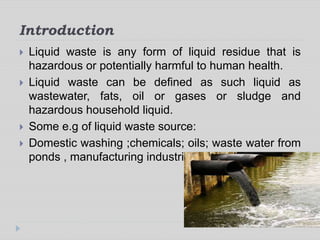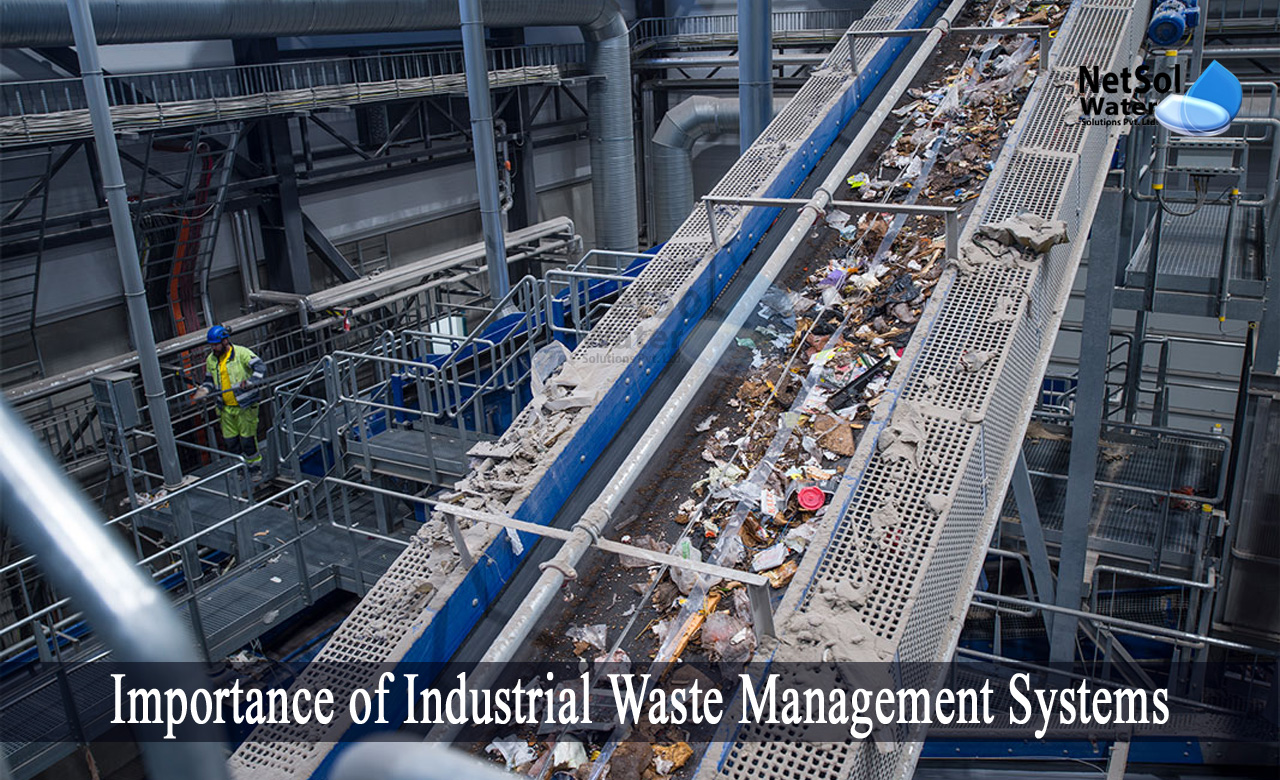Reclaim Waste - The Facts
Reclaim Waste - The Facts
Blog Article
Things about Reclaim Waste
Table of ContentsSome Known Details About Reclaim Waste Reclaim Waste Things To Know Before You BuyThe Best Guide To Reclaim WasteThe smart Trick of Reclaim Waste That Nobody is DiscussingThe Of Reclaim Waste
Residential sewer waste refers to the waste and products from a residential septic container. The correct administration and disposal of domestic sewage waste need liquid waste to be moved to a sewer treatment plant where the appropriate approaches and devices are used to purify and dispose of waste.
Commercial waste often includes prospective risks, such as combustible products or a mixture of fluid and strong waste products, and requires an extra innovative and comprehensive disposal procedure. The disposal of business waste generally includes the purification of waste before transportation to guarantee safe and appropriate disposal. Industrial waste is developed from results and overflow of industrial procedures and production.
This type of waste can not use the exact same sewer monitoring transportation or processes as septic or industrial liquids. The commercial waste monitoring procedure needs the inspection and testing of liquid waste before it goes through the disposal process (liquid waste disposal). Drainage waste is the fluid waste that originates from overflow and excess stormwater in extremely inhabited areas or cities
Drainage waste can trigger contamination and flooding if not handled correctly. Guaranteeing proper waste monitoring can protect against catastrophes and reduce ecological injury.
Reclaim Waste for Dummies
Call PROS Providers today to find out about our waste monitoring and disposal services and the appropriate ways to look after the fluid waste you produce.
(https://experiment.com/users/reclaimwaste1)Do you understand what takes place to your water when you end, flush the commode or drain the washing equipment? No? Well, it's worth recognizing. This so-called 'wastewater' is not only an important source yet, after treatment, will certainly be released to our land, rivers or the ocean. Made use of water from bathrooms, showers, baths, cooking area sinks, laundries and commercial processes is understood as wastewater.

water made use of to cool machinery or tidy plant and devices). Stormwater, a kind of wastewater, is runoff that streams from agricultural and urban areas such as roof coverings, parks, gardens, roads, courses and rain gutters right into stormwater drains pipes, after rain. Stormwater streams neglected straight to neighborhood creeks or rivers, eventually getting to the sea.
About Reclaim Waste
In Queensland, the majority of wastewater is dealt with at sewer treatment plants. Wastewater is carried from domestic or industrial sites with a system of drains and pump terminals, recognized as sewage reticulation, to a sewer therapy plant. Neighborhood federal governments construct, keep and run most sewer treatment plants. Operators are accredited under the Environmental Defense Act 1994 to release cured wastewater at an appropriate ecological requirement into waterways.
The Department of Natural Resources suggests neighborhood governments regarding managing, operating and maintaining sewage systems and treatment plants. In unsewered areas, city governments might require householders to mount private or household sewer therapy systems to deal with domestic wastewater from toilets, cooking areas, washrooms and washings. The Department of Natural Resources authorises using household systems when they are confirmed to be efficient.
In some new class, treatment of some stormwater to eliminate clutter, sand and crushed rock has begun making use of gross contaminant catches. Wastewater treatment happens in four stages: Gets rid of solid matter.
Wastewater then moves into big containers where solids settle and are eliminated as sludge. Oil and scum are skimmed from the surface area. Uses tiny living organisms referred to as micro-organisms to damage down and get rid of remaining liquified wastes and great particles. Micro-organisms and wastes are included in the sludge. Gets rid of nitrogen and phosphorus nutrients that could trigger algal blossoms in our waterways and threaten water life.
The Basic Principles Of Reclaim Waste
Nutrient elimination is not offered at all sewage treatment plants because it requires costly specialised equipment. Clear liquid effluent produced after therapy might still contain disease-causing micro-organisms - liquid waste removal melbourne.

A lot of wastewater flows into the sewage system. Under the Act, local federal governments carry out authorizations and permits for environmentally relevant tasks (ERAs) including wastewater launches that might have a regional impact.
The Basic Principles Of Reclaim Waste
Monitoring provides accurate info concerning water high quality and can confirm that licence conditions are being met. The information obtained via tracking supplies the basis for making water quality decisions.
Report this page